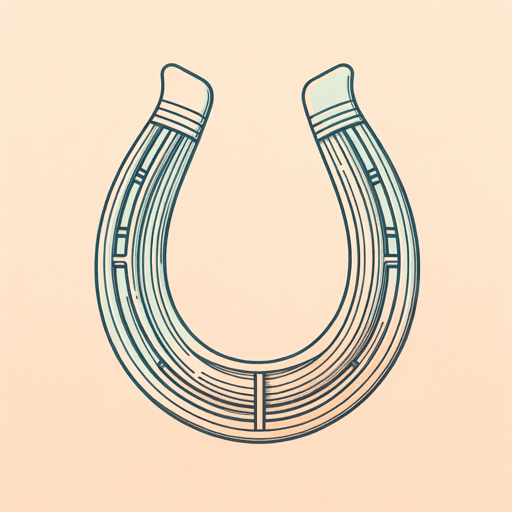71 pages • 2 hours read
Geraldine BrooksHorse
Fiction | Novel | Adult | Published in 2022A modern alternative to SparkNotes and CliffsNotes, SuperSummary offers high-quality Study Guides with detailed chapter summaries and analysis of major themes, characters, and more.
Important Quotes
“She loved the term ‘articulate’ because it was so apt: a really good mount allowed a species to tell its own story, to say what it was like when it breathed and ran, dived or soared. Sometimes, she wished she’d lived in the Victorian era, when craftsmen competed to be the best at capturing movement – a horse rearing required an absolute balance in the armature, a donkey turned to scratch its flank demanded a sculptor’s sense of curvature.”
(Chapter 2, Page 6)
Jess’s philosophy of allowing a species to tell its own story influences her work on Lexington’s skeleton. In her rearticulation, she is guided by 21st-century scientific data and 19th-century extant imagery. Her final product allows the legend to be seen for the remarkable and exceptional specimen he was.
“…a racehorse is a mirror, and a man sees his own reflection there. He wants to think he’s from the best breeding. He wants to think himself brave. Can he win against all comers? And if not, does he have self-mastery to take a loss, stay cool in defeat, and try again undaunted? Those are the qualities of a great racehorse and a great gentleman.”
(Chapter 6, Page 40)
Public recognition and admiration when a horse is victorious or performs valiantly reaffirms a Thoroughbred owner’s elite social standing. The idea that the horse’s character is somehow indicative of the owner’s own greatness is a kind of internalized validation. For members of the wealthy breeder/owner class of Kentucky involved in the racing scene, the ability to participate in this society of competitors is a fundamental aspect of their identity.
“[At] the Support Center, she looked up at the looming bulk of the pods and thought of everything in there – the holotypes that provide the basis for a species identity, the specimens that are the scientific ground truth for the record of biodiversity. How many of them, she wondered, no longer existed? The pods suddenly seemed less impressive than tragic: evidence lockers for the case against humanity. But the pods also held the things people had created – the finest examples of the artistry and the ingenuity of our own species. How could we be so destructive and creative at the same time?”
(Chapter 7, Page 49)
Certain aspects of Horse touch on the effects of climate change. Jess’s reflection on the purpose of her laboratory brings to her mind the conflicting value systems she perceives to be simultaneously at work. At once, human beings seem to her to be fascinated with relics and artifacts of the past, but unwilling to take measures to ensure that modern-day creatures and elements do not meet the same fate.
Related Titles
By Geraldine Brooks
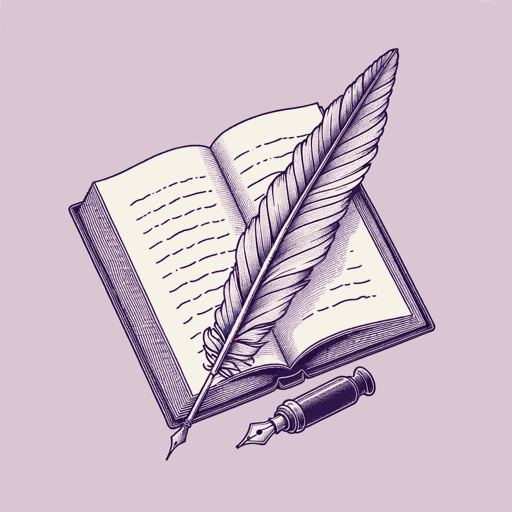
Caleb's Crossing
Geraldine Brooks
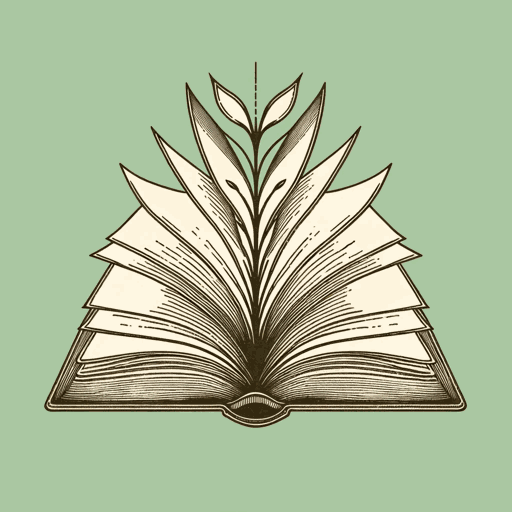
March
Geraldine Brooks

Nine Parts of Desire: The Hidden World of Islamic Women
Geraldine Brooks
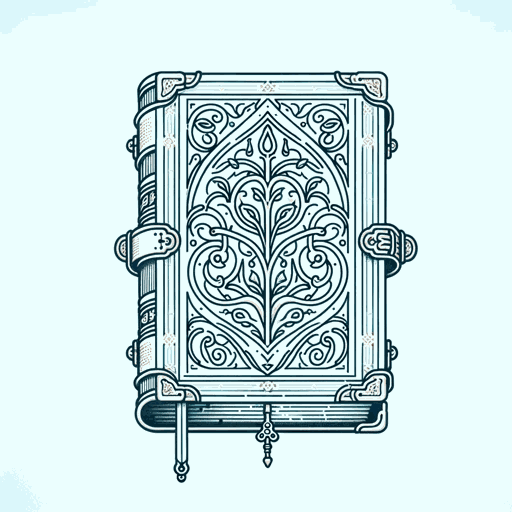
People of the Book
Geraldine Brooks

The Secret Chord
Geraldine Brooks
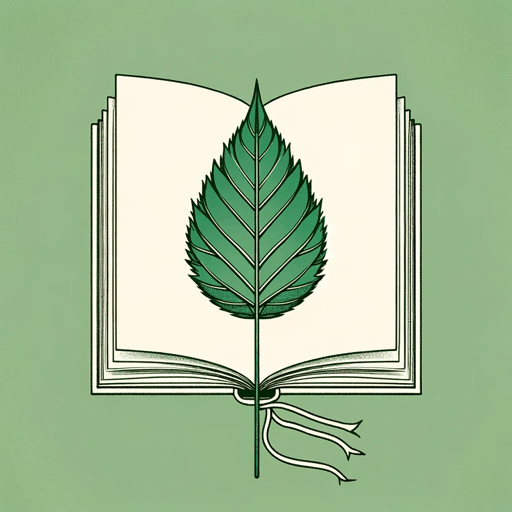
Year of Wonders
Geraldine Brooks
